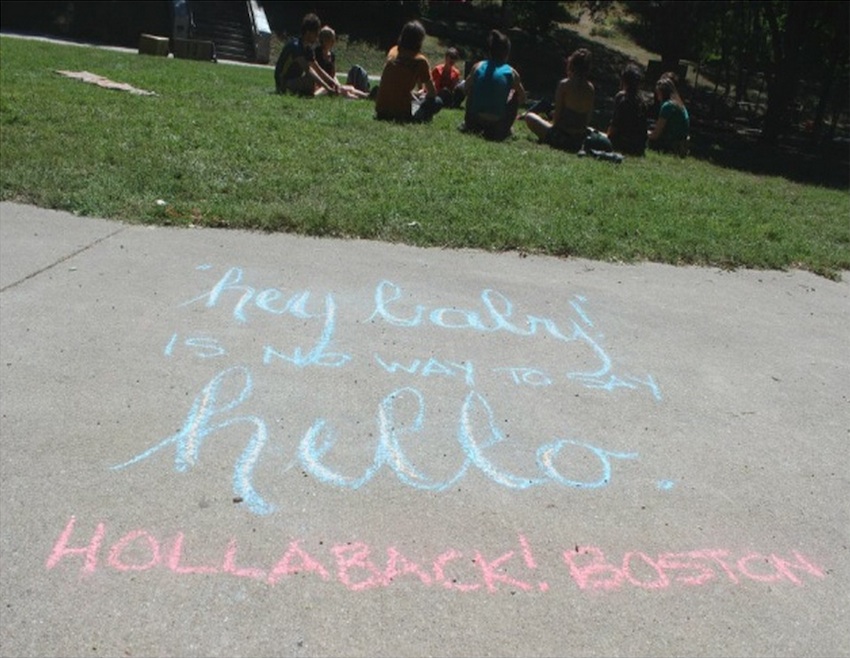Survey Says: Street Harassment Is a Problem in Boston
In August, hundreds of Boston residents weighed in on what they consider to be street harassment, and if the results of the first-ever survey are any indication on what’s going on in the city, then catcalls, honking, and “hollers” are becoming a real problem for females and other members of the community.
More than 543 people took part in the first-annual Hollaback! Boston 2013 “State of Our Streets” survey, a majority of which were women, people of color, students, and those who identify as part of the LGBT community. “Through doing this work and hearing the stories from countless women and LGBTQ-identified people, our team at Hollaback! Boston knows that street harassment happens all the time and it happens all over our city,” according to members of Hollaback! Boston, the local chapter of an international movement dedicated to ending the problem of street harassment.
Since 2011, volunteers have run the organization. This survey was the first-of-its-kind put together by the group.
Results of the survey showed that 87 percent of female-identified respondents reported experiencing street harassment, as did 90 percent of LGBT-identified respondents, and 94 percent of those who identified as a person of color.
A majority of the harassing circumstances are taking place in public spaces like the MBTA, and on the streets of Boston. Many are also occurring inside bars and gyms as well, the survey results showed.
So what constitutes street harassment? Ninety-two percent said public masturbation, 96 percent admitted that some form of verbal attack was a problem, and 95 percent said being physically touched without permission was something that was an issue.
While most respondents claim they try and ignore the behavior, others have admitted to lashing out at the aggressor, according to the survey. Nearly all of the survey’s respondents admitted to being “annoyed,” “angry,” or “disgusted” with what happened.
For the purposes of their survey, street harassment was described as “unwelcome words and actions by unknown persons in public places which are motivated by gender and invade a person’s physical and emotional space in a disrespectful, creepy, startling, scary, or insulting way,” according to the group.
Since they launched two years prior to the survey, the group has been collecting stories from local residents about incidents of street harassment and educating community members about what street harassment is and how people can respond to it when, and if, it happens.
The survey of over 543 people, which was conducted over the course of the month of August, is a way to communicate the issue, and brings to light the real problem, and how frequently it is occurring. “We wanted to put the reality of what we face when we walk out the doors and out onto the streets of Boston in black and white. And honestly, we wanted to see how pervasive this problem really was for our fellow Bostonians,” the group said in a statement on their website.
The survey’s creators admit this is not a “be all, end all” in terms of gauging what is happening in the city, however, they think it is a starting point to exploring the issue more in depth. “We believe that the results are compelling enough that they should warrant further… research on the impact of street harassment.”
Below is the survey in its entirety:
State of the Streets 2013 by hollabackboston



